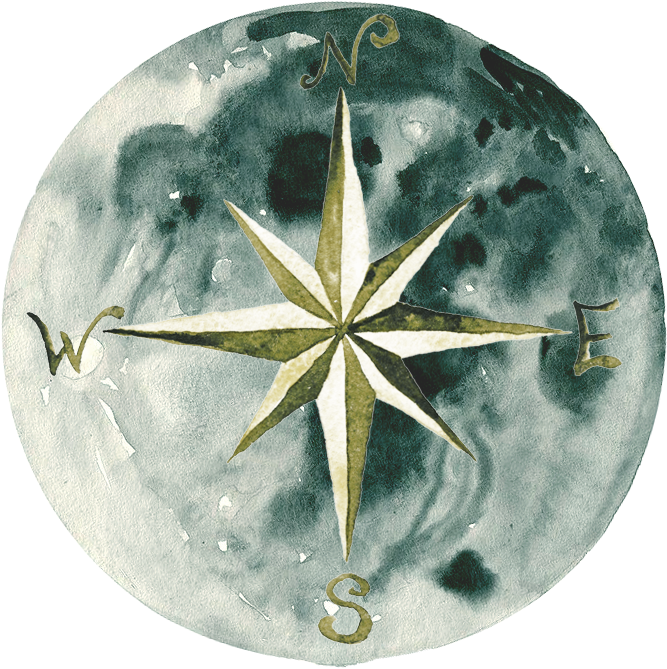The Ilana Goor Museum is located in an 18th century building surrounded by the breathtaking landscape of the shoreline of Tel Aviv and the Old Jaffa City.
The museum, however, is only the second purpose of this beautiful building. The first is that it is the artist’s live in home, where art is actually featured in old guest rooms and the private rooftop garden becomes a public space.
Goor claims that it is only if one touches, feels and uses art that one can understand what it really is. Rather than being exhibited in a “sacred” white space, the Museum’s art is interlaced with life itself – an art form that is not out of reach, elitist and sterile, but rather easily accessible to the visitor.
Each guided tour of the museum will highlight the connection between the various exhibits with special emphasis on the history of the ancient structure, Ilana Goor’s personal story and the works of art themselves.
Ilana Goor loves birds and what they symbolize.
She believes that she herself is like a free bird roaming to distant lands. She tends to sculpt birds of several varieties, sizes and positions and they are a recurring motif in her sculptures and in the functional items and furniture she designs.
Birds and animals are one of the many themes in her collection.
The sculpted lighting fixture was designed in the shape of a wide open cage, which enables the birds – as far as the artist is concerned – to do as they wish: go in when they want, fly, wander away and return (if they so choose), chirp and especially, experience the freedom that Ilana Goor grants them.

Mo(u)rning : A memorial, dedicated by Ilana Goor to Smadar Haran, who lost her family in a terror attack in 1979
The Sculpture Garden is located on the Museum’s roof. It is surrounded by a breathtaking view of the shoreline, which is considered to be on one of Israel’s most enchanting landscapes.
The garden features large sculptures by various artists, including David Zandelowitz’s- Portrait of Jack Lifshitz, Richard Stankiewicz and Ilana Goor.
The garden offers comfortable seating areas in the shade of olive trees and other fruits and flowers native to Israel, as well as authentic carpenter-made chairs and tables that served primary schools before Goor appropriated them.
They allow visitors to delight in the hypnotizing quiet and tranquility of this unique garden and enjoy a welcome pause.
Four portraits depicted as morbid, dying and disturbing. The main motif in these paintings is the upcoming day of judgement which is symbolized on the wretched faces in their loneliness.
Without clothes, without makeup and without any accompanying cultural accessory, the figures are presented with their individual, miserable and ashen looks.
Pajursky examines through them various incarnations of the human condition, while the portraits reveal to the observer during an aggressive act, an act that disconnects them from their natural environment.
In 2010 some of the cement started to flake from the ceiling of the Miniatures Room. As part of the Museum’s maintenance program, Ilana Goor was quick to repair it and examine what was concealed under that same cement.
During the repair works a unique ceiling from the original building, constructed in the 18th century, was revealed. The decorative ceiling, which has the appearance of a lacy fabric, was constructed using the “beehive technique” method.
It is comprised of tens of amphorae (clay pitchers) which were impressed into the cement in order to support the massive weight of the ceiling and insulate the building from heat and cold (read: ancient air conditioning).
The Candlestick Series was created using the ready-made method in which Ilana Goor has integrated a number of elements such as hookahs, bowls, saucers and small sculptures of ceramic birds, painted in freehand in brilliant colors.
Each of the candlesticks is half a meter high and has the appearance of an architectural object incorporating numerous items, each one unique.
No rules. No order. No fixation.
A series that demonstrates absolute freedom reinforced by small birds.
One thing I noticed is that Ilana definitely had a sense of humor and an ongoing theme of.. well.. the male form, in all its glory ;]
Including this humoristic piece featuring a hook made of bronze which earned the nickname of the “Turkish God of Fertility” which serves as an amusing rack for coats and bags.
Ilana preferred to forego other limbs such as specifically defined arms and legs.
This chandelier, purchased by Ilana Goor from an Egyptian antiques dealer, was used in the past in a mosque in Alexandria, Egypt.
The chandelier was delivered to Israel dismantled into small parts and consequently it took two weeks to assemble it properly for operation.
Hanging the chandelier and its connection to the ceiling was carried out by an advanced crane designed for particularly heavy weights. The chandelier weighs about 165 kg.
—

This trip was made possible by the Israel Ministry of Tourism.
All thoughts and opinions are my own.


























Amazing story. Thanks for sharing your journey. What a lovely read and I would love to read more.